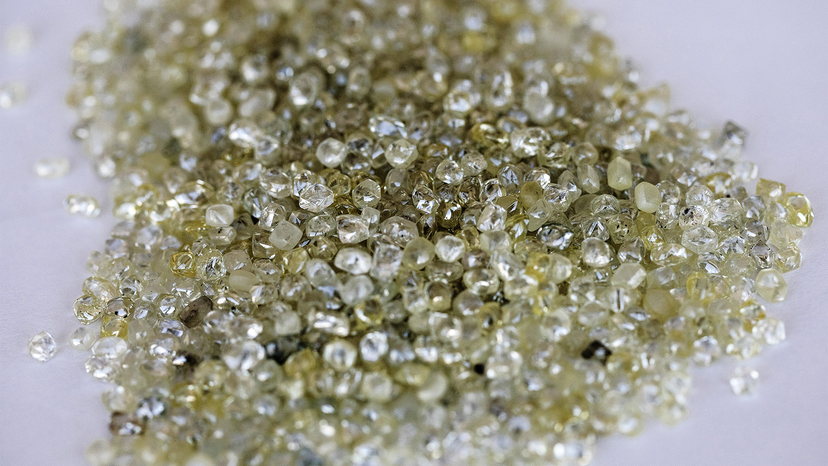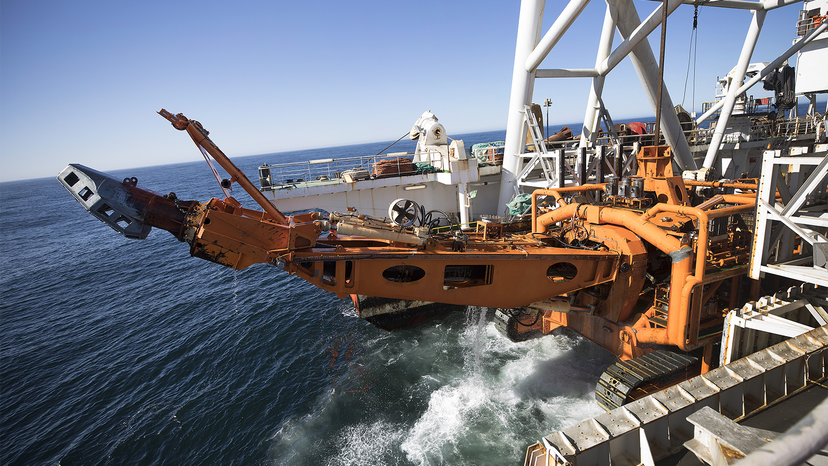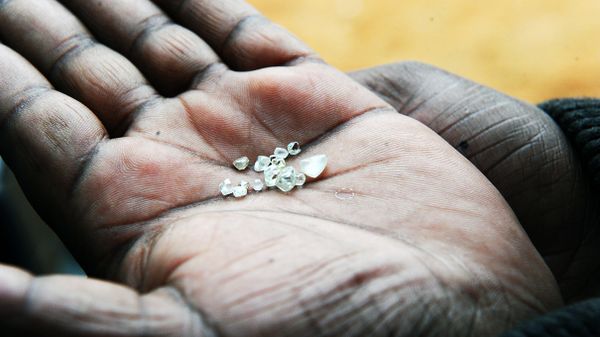
Key Takeaways
- Diamonds are harvested from the ocean floor using remote-controlled vehicles and ships equipped with technology to separate diamonds from sediments.
- Ocean diamond mining poses long-term consequences for marine biodiversity, including disruption to the habitats of sharks, whales, dolphins and seals.
- Diamonds can also be gathered by hand by divers, which is less disruptive to marine environments.
If you've ever heard the slogan "A Diamond Is Forever," then a 1940s marketing campaign is still doing its job. The line was coined by De Beers Group, a jewelry company credited with almost single-handedly popularizing diamond engagement rings.
De Beers spent decades building a global empire (some would call it a "cartel") around diamond mines in countries like South Africa.
Advertisement
So why did they purchase more than 3,000 square miles, or 7,770 square kilometers, of Atlantic seafloor near the coast of Namibia in 1991?
Simple: Not all diamonds are found on dry land. Many turn up in sediments below the ocean's surface. You just have to know where to look.
Advertisement


